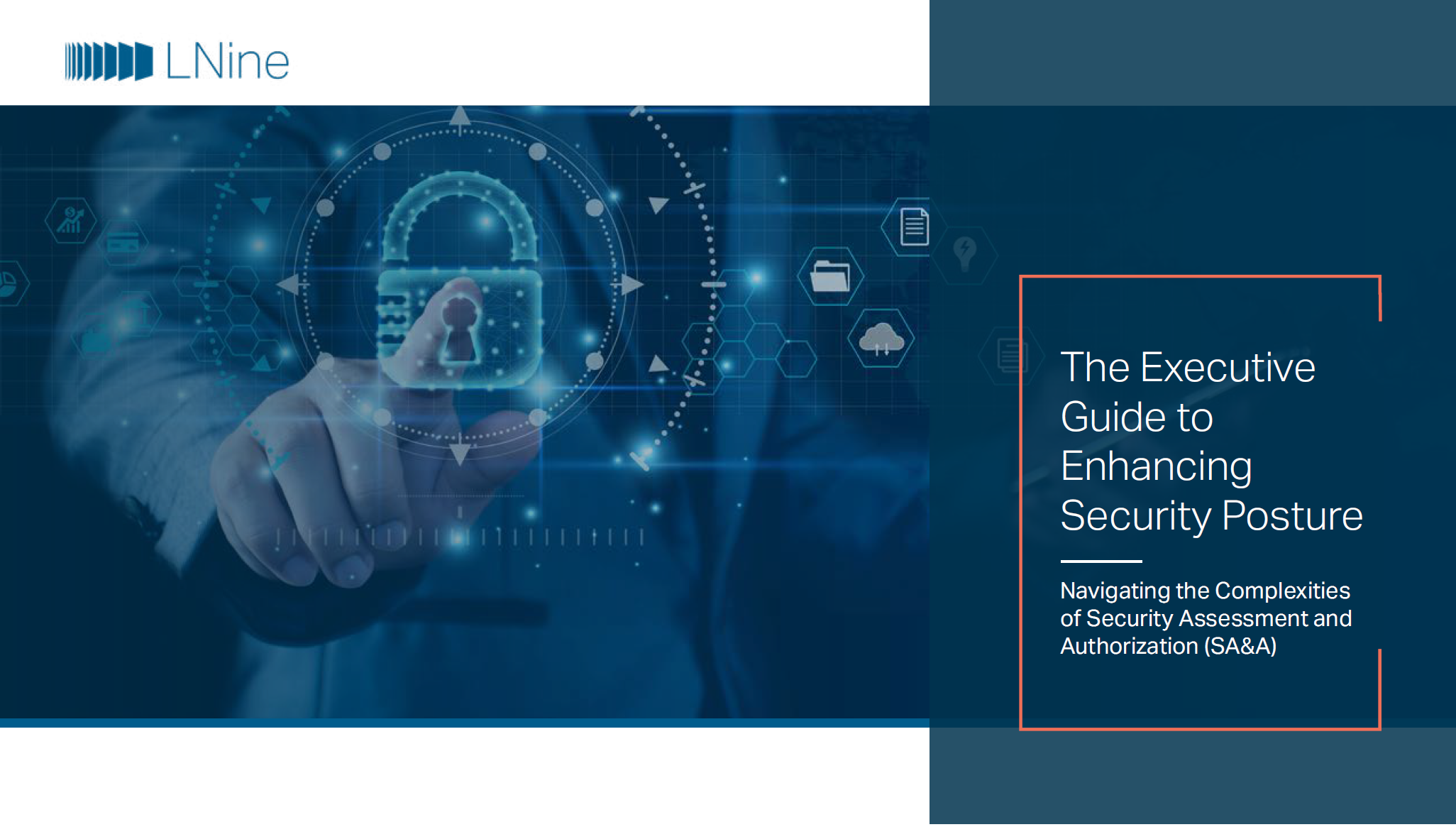The Executive Guide to Enhancing Security Posture
The The Executive Guide to Enhancing Security Posture eBook provides valuable insights into the importance of SA&A, the triggers for initiating the process, the management of stakeholders, and the factors to consider when accepting risk. It emphasizes the dynamic and adaptive nature of the SA&A process, aiming to fortify organizations against the ever-present risks in the digital realm.

The The Executive Guide to Enhancing Security Posture eBook provides valuable insights into the importance of SA&A, the triggers for initiating the process, the management of stakeholders, and the factors to consider when accepting risk. It emphasizes the dynamic and adaptive nature of the SA&A process, aiming to fortify organizations against the ever-present risks in the digital realm.
Importance of SA&A
Triggers for SA&A
ATO Atrophy
Stakeholders in SA&A
Managing Stakeholders' Expectations
Factors to Consider When Accepting Risk
Organizations must consider factors such as business impact, cost-benefit analysis, regulatory compliance, and risk tolerance when accepting risk within the SA&A process.
Don't leave your security to chance.
Fortify your business's security against evolving threats and regulatory requirements. Take proactive steps to safeguard your business and maintain ATO compliance in today's dynamic digital landscape.
Ensure your business is equipped to meet the security challenges of tomorrow. Download the executive guide to enhancing security posture and navigate the complexities of Security Assessment and Authorization (SA&A).